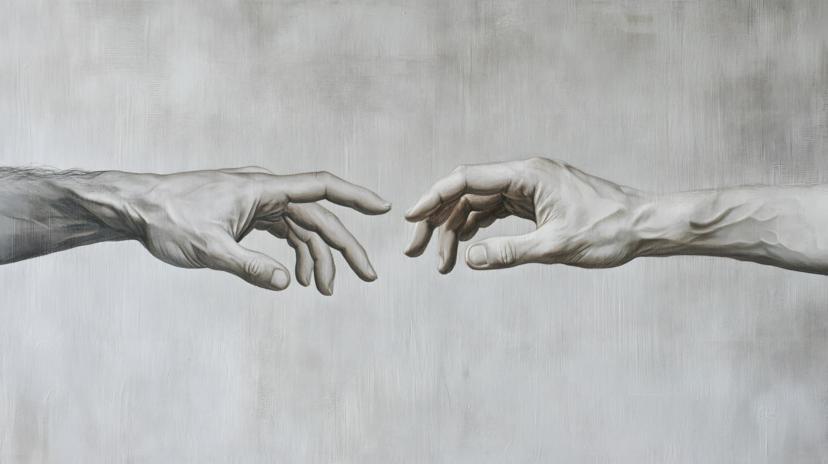Understanding Attachment Styles: Why It Matters for Your Relationships

Dr. Miguel A. Soto: Champion of Change and Advocate for Marginalized Communities Dr. Miguel A. Soto is a passionate and dedicated Clinical Social Worker whose commitment to promoting social justice and providing clinical care to vulnerable populations is unparalleled. Dr. Soto's journey in social work began with... more
Understanding Attachment Styles: Why It Matters for Your Relationships
By Dr. Miguel A. Soto Córdova, DSW, LCSW-S, LCDC
We all want to feel safe, loved, and understood—but many of us struggle to build and maintain healthy, fulfilling relationships. One key factor often overlooked in therapy, friendships, and even marriages is our attachment style—the way we emotionally bond and connect with others.
Understanding how you “attach” isn’t just therapy talk; it’s foundational to how you trust, communicate, and experience love. And if you don’t understand your attachment style, you might find yourself repeating the same painful patterns over and over again without knowing why.
What Is an Attachment Style?
Your attachment style is formed early in life, based on the relationship you had with your primary caregivers. It’s your blueprint for how you view closeness, trust, conflict, and even your own worthiness of love.
There are four main attachment styles:
- Secure – You feel comfortable with closeness and independence. You trust others and can communicate your needs openly.
- Anxious – You crave closeness but fear abandonment. You might overanalyze texts, need frequent reassurance, or feel “too much” in relationships.
- Avoidant – You value independence and may feel uncomfortable with emotional closeness. You might shut down or push others away when things get too intimate.
- Disorganized – A mix of anxious and avoidant behaviors, often tied to unresolved trauma or inconsistent caregiving. Relationships may feel chaotic or unsafe.
Why It Matters
If you’re wondering, “Why do I always end up with the wrong people?” or “Why do I sabotage good relationships?”—your attachment style might hold the answer.
Here’s how it plays out:
- An anxiously attached person might cling too tightly, overwhelming their partner.
- An avoidant partner might pull away, creating distance just when things start to feel emotionally close.
- A disorganized person might want love but struggle with deep fears of rejection or betrayal.
- A securely attached person, however, tends to handle conflict calmly, express needs clearly, and create emotional safety for themselves and others.
These patterns aren’t about blame—they’re about understanding. Once you know your attachment style, you can start to heal old wounds and rewire the way you connect with others.
The Good News: Attachment Styles Can Change
Attachment isn’t destiny. With self-awareness, therapy, and safe relationships, it’s possible to shift toward a more secure way of loving and being loved. That’s why exploring your attachment style isn’t just helpful—it’s healing.
So the next time you find yourself in conflict, feeling distant, or unsure how to ask for what you need, pause and ask yourself: Am I reacting from fear or from connection?
Because when we understand how we attach, we give ourselves the power to create relationships that don’t just survive—they thrive.
Dr. Soto









